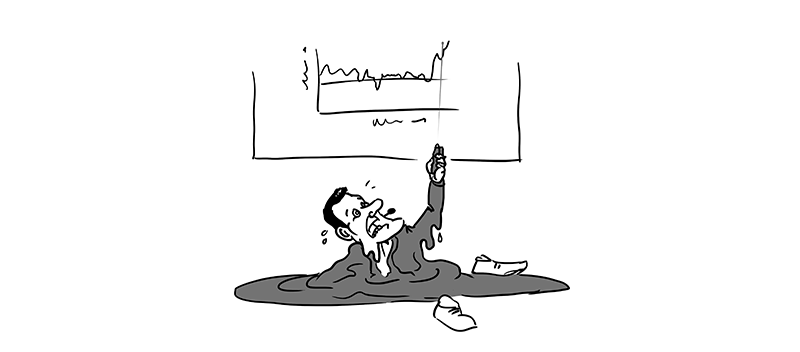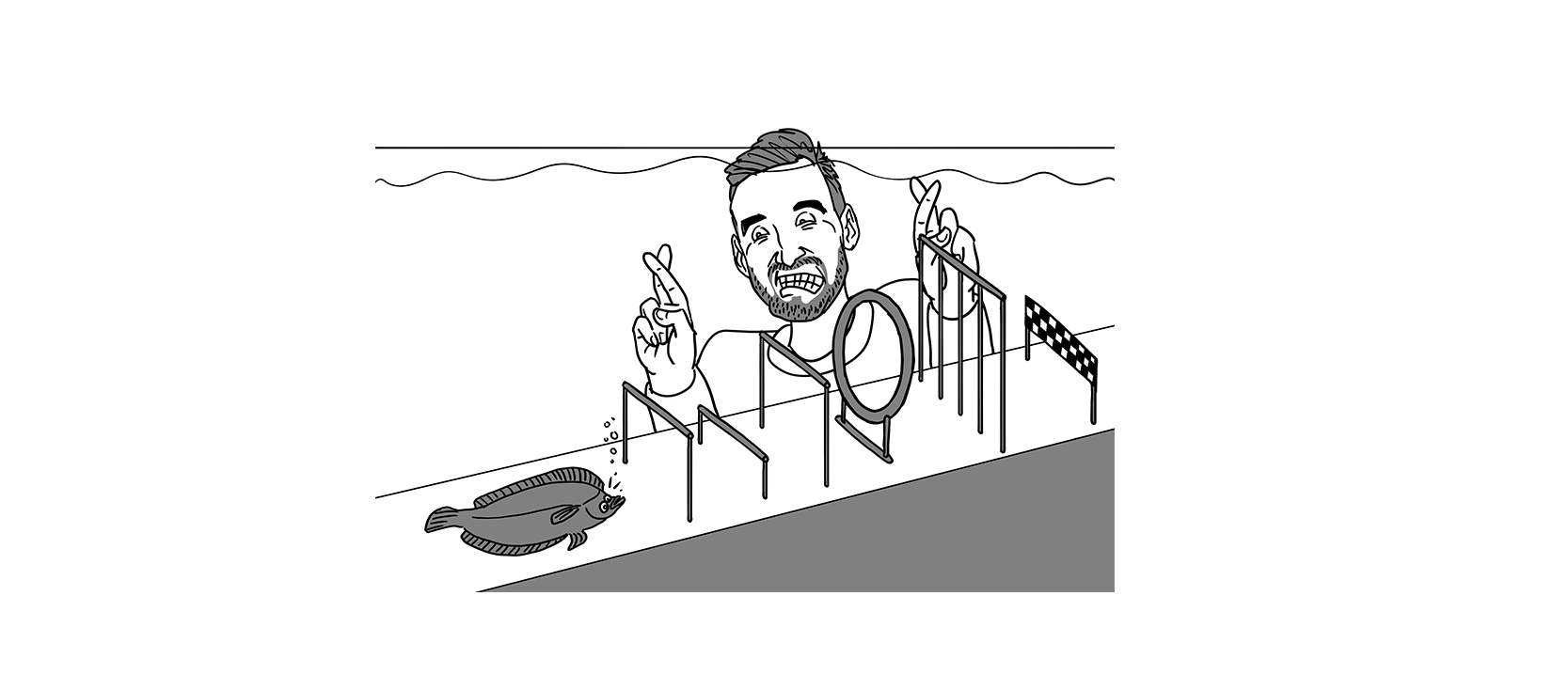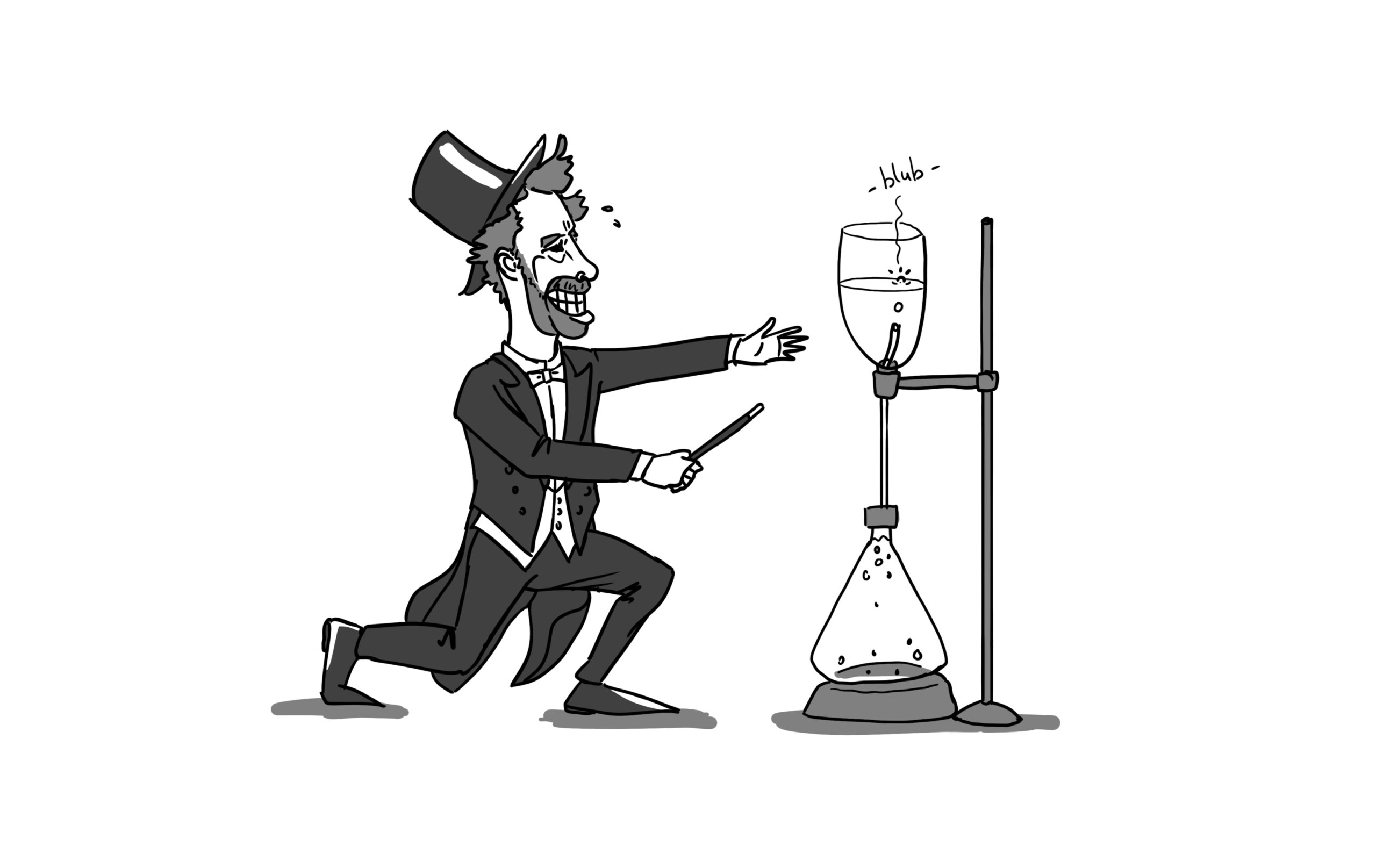A botched experiment, a rejected paper: such things are soon labelled as failures in academia. As for talking about them – not done! But that is just what WUR scientists do in this column. Because failure has its uses. This time, we hear from Climate programme leader Tim van Hattum.
‘A few years ago, I gave a presentation about climate-proof cities at a climate adaptation conference in South Africa. The country was suffering from severe drought, so it was extra relevant. I had seven minutes for my presentation. As 200 people lapped up my story, suddenly one of the organizers held up a sign saying “four minutes left”. I jumped out of my skin. My heart started racing and I broke out in a sweat. I was only halfway through my introduction and I still had so much to say. That sign put me off my stroke so much that I lost the thread of my story completely. Stammering and with a dry mouth, I rushed through the rest of my presentation. Every minute, the sign popped up again announcing the remaining time. Afterwards I thought: “That was the worst presentation ever.” I was totally fed up, but it did teach me that short presentations are the hardest to give, and that in that situation, less is more.
Thanks to that learning moment in South Africa, last year I could give a concise, strong presentation
The previous evening I had worked for hours in my hotel room to make my presentation more comprehensive, but more comprehensive is not necessarily better. In short presentations you have to make your core message very clear and drive it home. You leave out lots of nice details. And that takes more preparation than a long talk.
Last year I faced the challenge again: a 15-minute presentation about our vision on a climate-robust and future-proof Netherlands in 2120. There were 3000 people attending, most of them mayors and councillors. I thought back to my flop in South Africa. I don’t stick to the one-slide-per-minute rule like some other researchers, but through good preparation I now know exactly how much time I need and at which slide I am halfway through my presentation. It’s a question of practice and fine-tuning. Thanks to that learning moment in South Africa, last year I could give a concise, convincing presentation. A clock or a warning doesn’t take me by surprise anymore.’

 Illustration Stijn Schreven
Illustration Stijn Schreven 

